Taqiyah vs Kippah vs Zucchetto, it's not so much a debate as an interesting comparison.…
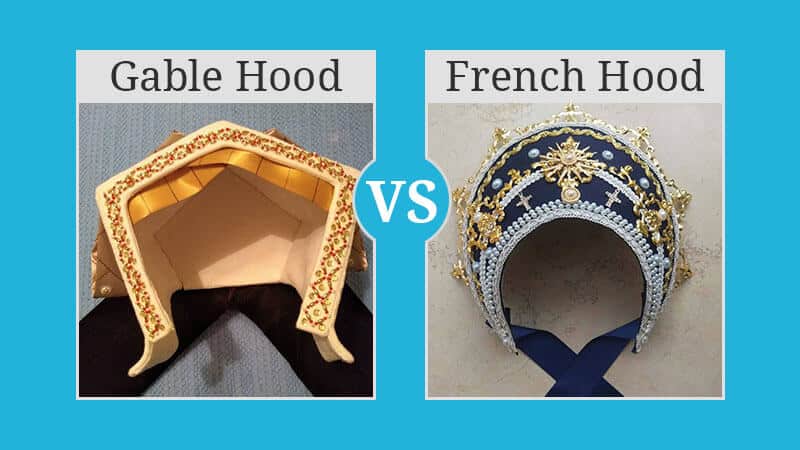
Gable Hood vs French Hood. What Is the Difference? (With Pictures)
Gable Hood vs French Hood is a headdress battle, but it isn’t much of a battle because the difference is apparent at one glance. Although both hoods came into existence in the Tudor Era, the similarity ends there.
The difference between the two hoods lies in the shape of the headdresses. These are both period headdresses that are not worn any longer, until and unless they are required for a costume party or a period film shoot. However, knowing the difference is expected out of a hat connoisseur.
The Main Difference
The shape of the two headdresses makes it very easy to distinguish between the two. While both of these headdresses were very prevalent in the 16th century, their shapes are strikingly different.
Gable hood is an English headdress, which has an angular shape. The shape resembles a house gable, and thus it is named so. The hood is triangular shaped at the top and falls down to cover the ears, so it has a perpendicular cut on the sides.
On the other hand, the French hood is rounded in shape. There is a black flowy veil attached to the behind of the hood.
What’s More Famous Gable Hood or French Hood?
Although Gable Hood and French Hood now have gone out of fashion, Gable head was the predecessor and gained more popularity in England. Even though French hood was popular in France, it did face some years of resistance in England, to the extent that a law was passed to make it non-wearable for certain classes. However, breaking all barriers, French hood gained acceptance and popularity among women of all classes.
What Is a Gable Hood Hat?
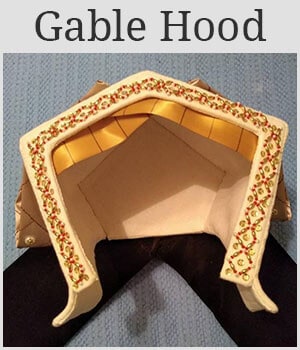
A Gable Hood is an angular hood that looks like the gable of the house. It has English origins and was very prevalent in the early and mid-1500s.
The Evolution Of Gable Hood Hat
In its early times, the Gable hood was a simpler construction. It had decorative side panes known as lappets and also had a veil attached at the back.
However, as time passed and fashion evolved, so did the Gable hood. Buckram was added to make it stiff, and the back was given a box-like shape. Further, the veil was made a lot straighter, almost parallel to the back of the wearer. To make the hood more attractive, the veil and lappets were pinned in many different ways.
It had its popularity among influential or aristocratic women. There was intricate embroidery on the lappets and even some ribbon work. It completely depended on the creativity of the wearer and the maker how they wanted to decorate it. They could use plain or embroidered fabrics or even a mix of contrasting fabrics to make it look even more designer.
As it is quite clear, these were custom-made for the wearer and were made by hand. This made each piece unique and a work of intricate craftsmanship.
In its early stages, women wore an under cap to make it more comfortable to wear as the hood was made from a wireframe. However, some hair was visible under the pointed portion of the hood. As the headdress evolved, the under cap went away, and pendant flaps were added to the construction.
It has been worn by some very notable dignitaries of the Tudor era, such as Elizabeth of York, Catherine of Aragon & Anne Boleyn.
Gable hood has been one of the most sought after headdresses of its time and a predecessor of many other headgears for women.
What Is a French Hood?
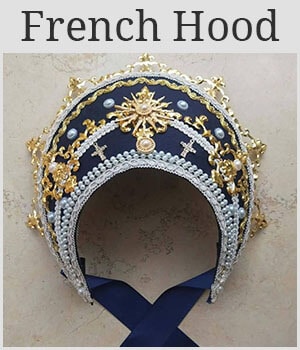
Again, the French hood is a Tudor era headdress for women, which had a classic rounded shape, unlike the Gable hood.
The Evolution Of French Hood
It is believed to have been first worn by Mary Tudor, the Queen of France, and thus it got its name. One of the most famous wearers of this hood was again Anne Boleyn.
In its early time, the hood was more popular in France than in England. The English preferred wearing the Gable hood. French hood was considered more of a court fashion and was worn by only women of certain classes, which didn’t include the nobility or the royalty. However, in the mid-1500s, the Lady Lisle of England requested for the same as its popularity started to grow.
In Henry the VIII era, the king even passed a law that prevented the use of the French hood for any women whose husband possessed one or more horses. Despite such hindrance, French hood gained popularity.
The Construction Of French Hood
French hood was a piece of art. It was pieced together with many different components. These were as follows:
- Coif: A linen cloth, tied under the chin pinned to the hair, most commonly white in color, but initially, red coifs were in fashion
- Creatine: A pleated linen or silk head covering, worn with or without a coif. In the early eras, French Hoods, worn without a veil, had a Crepine hanging at the back instead.
- Paste: One or more contrasting color paste was worn on top of the Coif or the Crepine and acted as a border to the hood
- Veil: It hanged at the back of the hood and was made from wool, silk velvet, or satin. The fall was a straight one covering all the hair.
- Billaments: Additional decorative border at the top and the front. Generally, velvet and satin were used, and goldwork, jewels, and pearls were attached to make the hood more formal.
- Cornet: It was a visor shaped component placed on the top of the hood to give the wearer some shade from the sun
Gable Hood Vs French Hood
| Comparison Properties | Gable Hood Hat | French Hood |
| Uses (for) | Not used anymore, Perfect for stage or film performances and costume parties | Not used anymore, Perfect for stage or film performances and costume parties |
| Ideal For | Women | Women |
| Advantages | It has a rustic and vintage appeal | It has a rustic and vintage appeal |
| Disadvantages | Not fashionable anymore | Not fashionable anymore |
| Waterproof Material | Not waterproof | Not waterproof |
| Reflective Material | Reflective if made of silk | Reflective if made of silk |
| Availability | Not popular anymore, handmade and available only in costume shops | Not popular anymore, handmade and available only in costume shops |
The Best Gable Hood
This authentic English-looking Gable Hood is handstitched and wired, which keeps it in its shape. The lining is made of linen, and the veil and the box are made of velvet. Beads are added at the front and the lappet to make the hood more decorative. It would look perfect in a period stage or film performances.
The Best French Hood
This is a crown with an authentic Tudor French hood structure. The pattern is created in-house, and it can be customized according to the choice of the wearer, as it was done in times immemorial. It will perfectly match with your dress after customization. It is made to order, and therefore, it will be designed uniquely for each wearer and fit them perfectly.
This is a perfect Anne Boleyn French Hood Replica. It is handmade using Jacquard, Chiffon, and Foil materials. It is very elegant looking and can be worn for weddings and special occasions and not just in costume parties. It is decorated with golden trims, and the pearls are hand sewn on it. The hood can be tied under the wearer’s chin to be kept in place. The veil is made of chiffon and is black in color.
Final Thoughts
Both Gable Hood and French Hoods are predecessors of women’s headgear. There were worn by influential women and royalty. Now neither is in fashion; however, if you want to bring authenticity to your stage or film performance, you must definitely wear one of these and represent the era just as how it was. You might have to get one custom-made, but that will surely make you feel like a princess in the Tudor era.
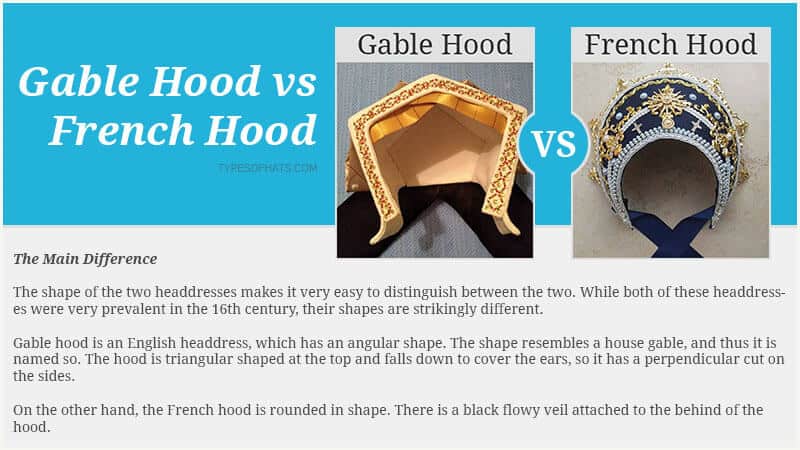
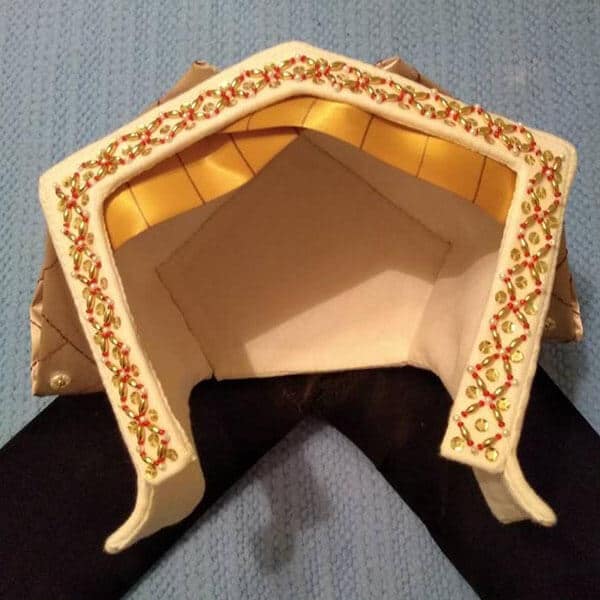
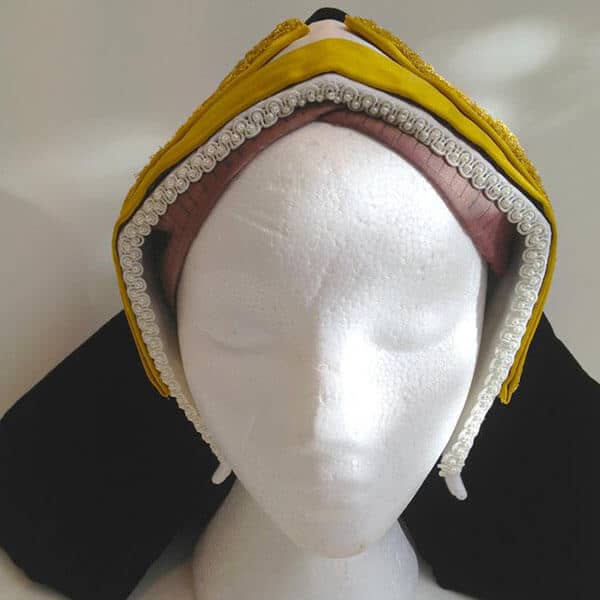
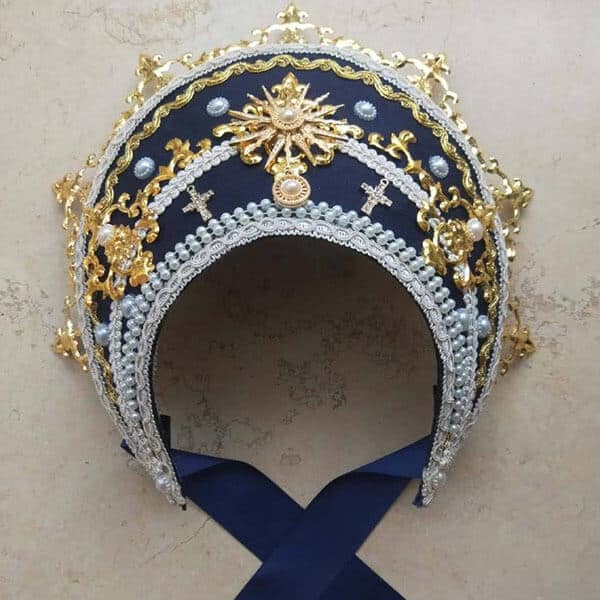
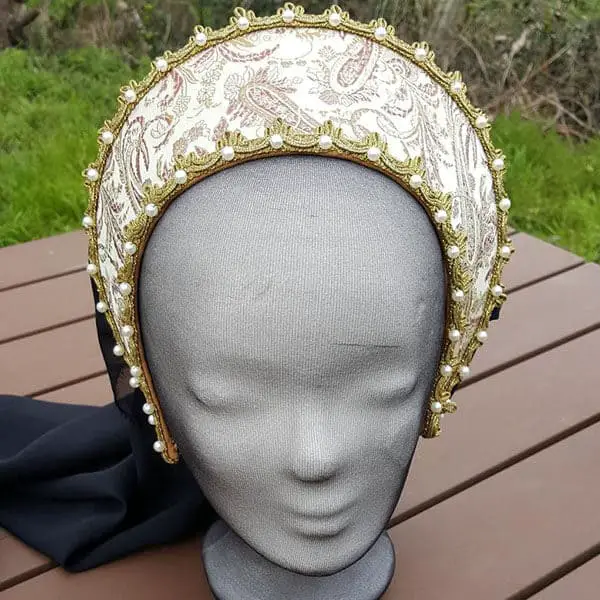
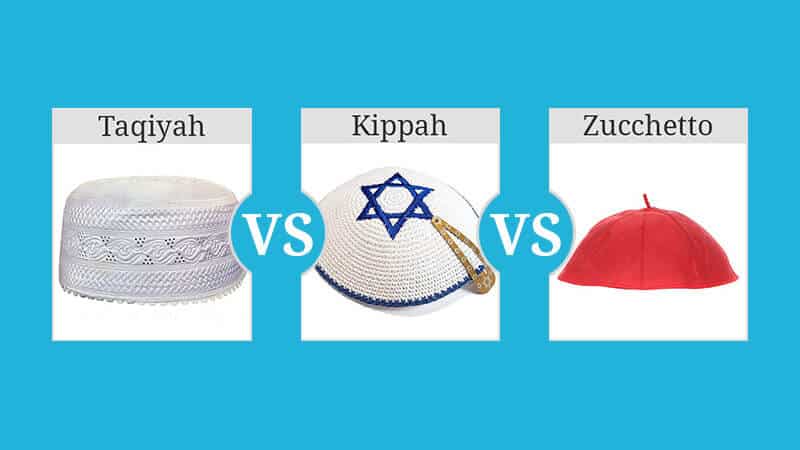
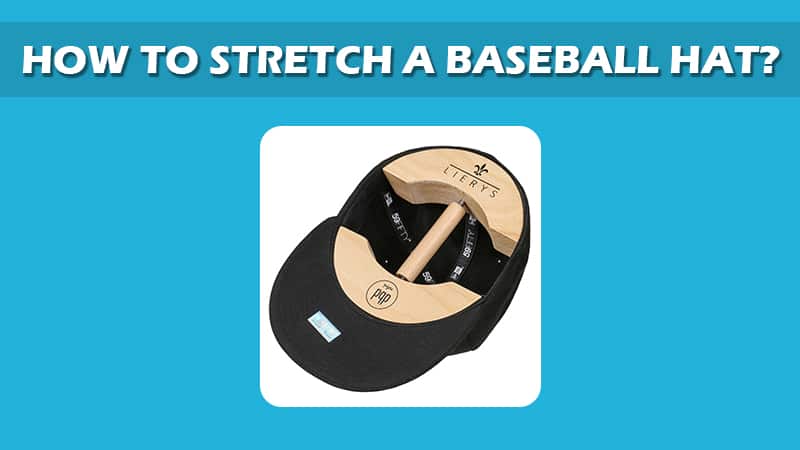

This Post Has 0 Comments